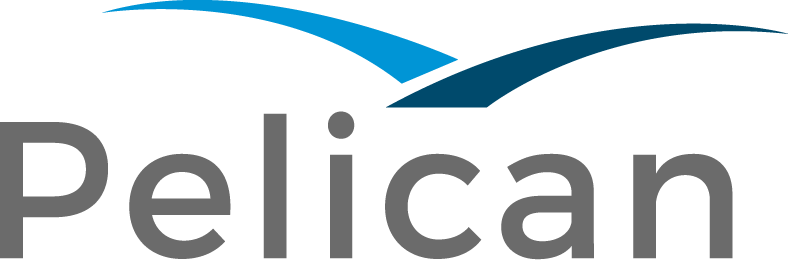Effectively screening customers is one of the first steps in ensuring that you can keep financial criminals out of your organization. Fortunately, there are plenty of modern know your customer (KYC) and customer due diligence (CDD) solutions that are designed for the digital age.
By implementing these solutions, your organization can deter and detect malicious entities that are aiming to take advantage of your financial institution’s resources and damage your brand’s reputation. But how do you know if your customer screening process is working as it should? Is there a particular standard that these solutions should adhere to?
The Goals of Customer Screening
Customer screening, which is part of know your customer and customer due diligence solutions, is an essential aspect of your financial institution’s compliance solution. This process enables your financial institution to abide by the laws and regulations set by government agencies and financial regulators.
By checking an organization’s record-keeping practices, processes, procedures, and complaint management, regulators can determine if the organization has taken part in criminal activities. Such activities include fraud, money laundering, bribery and corruption, terrorist financing, market abuse, insider dealing, and breach of information security.
In addition, complying with regulatory rules means your financial institution is doing its part in protecting its stakeholders. Not only that, but you’ll also help in ensuring the fairness and efficiency of the market, boosting consumer confidence in the financial system, and preventing the proliferation of financial crime.
The Components of an Effective Screening Solution
The technology used for screening prospective and existing customers is gradually changing with the introduction of digital innovations in financial institutions. When assessing whether your screening solution is suited to the digital age, see if it can provide your organization with the following capabilities:
Prepare Data Sources Before Screening
Customer data can come from different sources, and each source may use its own preferred formatting. Left as-is, such discrepancies in data formats can slow down screening teams, as they’ll have to manually adjust the information to ensure everything matches up.
To make more efficient use of the team’s time, the KYC and CDD solutions should be capable of standardizing the format of all the collected data prior to screening. Using a standard format for presenting customer information will also enable the screening team to easily spot inaccuracies and inconsistencies in their sources.
Fuzzy Matching
Retail and corporate banking clients sometimes use multiple versions of the same name, and this can be a challenge when determining the exact identity of a person or an organization. Fuzzy or inexact name matching uses complex algorithms to overcome the difficulties posed by misspelled, missing, or inaccurate information.
Customize Workflows and Rules
Financial organizations have a wide range of needs and requirements, and this can cause differences in the way they approach their screening process and compliance efforts. These differences should be accounted for when customizing workflows and rules.
KYC and CDD solutions should offer the option to create and maintain multiple workflows and match rules that are suited to the risk profiles that a financial institution is screening for.
Reduce the Number of False Positives
Reviewing false positives is a task that is usually delegated to compliance team members. If there are too many false positives, then a lot of time and manpower must be used to determine whether a customer matches the profile that they’re being categorized under.
Modern screening solutions should be able to screen profiles and customers with greater accuracy, reducing the number of false positives that the compliance team must deal with. The number of customers that financial institutions need to screen, track, and manage can vary greatly. There are also times when an organization needs to scale down or scale up its screening efforts to maintain efficiency and meet customer demands. A scalable screening process should provide financial institutions the means to deal with these changes without compromising their capability to follow the rules set by regulatory bodies.
Is your customer screening process able to keep financial criminals out of your organization, achieve compliance with regulatory rules, and protect your customers and the integrity of your financial institution? If so, then rest assured that your organization is taking a step in the right direction.
That said, don’t just leave your efforts at that. It’s important to always stay abreast of the latest developments in Name Screening and to update your infrastructure and workflows as necessary. Otherwise, your organization may fail to comply with financial regulations.
This, in turn, can cause face legal issues, incur fines and penalties, or damage your reputation. It’s imperative, then, to take a proactive stance in ensuring the efficiency and effectiveness of your customer screening process early on, and to maintain these qualities along the way.
To learn more - https://www.pelican.ai/solutions/pelican-secure/sanctions-screening



